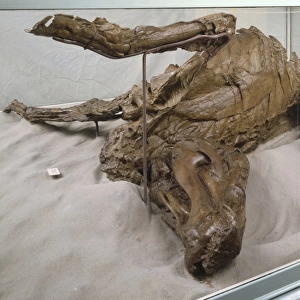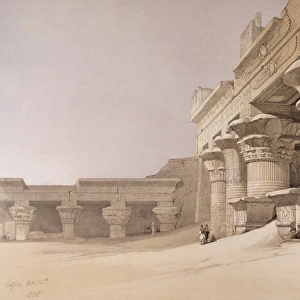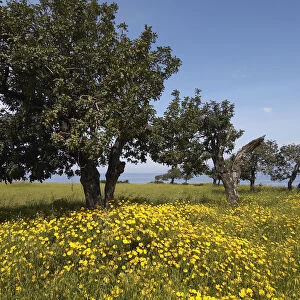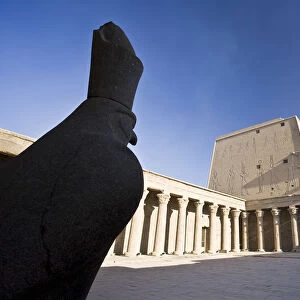Ceratonia siliqua, carob
![]()

Wall Art and Photo Gifts from Mary Evans Picture Library
Ceratonia siliqua, carob
Mary Evans Picture Library makes available wonderful images created for people to enjoy over the centuries
Media ID 8614021
© Mary Evans Picture Library 2015 - https://copyrighthub.org/s0/hub1/creation/maryevans/MaryEvansPictureID/10706854
1772 1839 Bread Carob Count Eudicot Eurosid Fabaceae Fabales Fabidae Gallesio Giorgio Giorgio Count Gallesio Johns Legume Leguminosae Angiospermae Carob Tree Ceratonia Ceratonia Siliqua Dicot Dicotyledon Magnoliophyta
EDITORS COMMENTS
This exquisite botanical illustration depicts the Ceratonia siliqua, commonly known as the carob tree or locust tree. Belonging to the Fabaceae, or legume, family, this flowering plant is an important member of the Eudicot clade, Angiospermae, Magnoliophyta, and the subclass Rosids. The tree is native to the Mediterranean region and is characterized by its distinctive, long, curved pods, which contain the edible carob beans. The illustration, created between 1772 and 1839, is attributed to the Italian botanical artist Giorgio Count Gallesio. The meticulous detail in the drawing showcases the various features of the carob tree, from its simple, alternate leaves to its small, pink flowers. The pods are depicted in various stages of development, from green and unripe to brown and fully mature. The carob tree has been an essential part of Mediterranean culture for thousands of years. Its beans have been used as a food source, with the sweet, edible inner pulp often being consumed as a sweet, caramel-like substance. The tree's hard, brown seeds have also been used as a coffee substitute and for making a sweet syrup. The illustration serves as a testament to the beauty and intricacy of the natural world, offering a glimpse into the botanical wonders of the past. The carob tree, with its rich history and versatile uses, continues to be an important plant in both the Mediterranean region and beyond.
MADE IN AUSTRALIA
Safe Shipping with 30 Day Money Back Guarantee
FREE PERSONALISATION*
We are proud to offer a range of customisation features including Personalised Captions, Color Filters and Picture Zoom Tools
SECURE PAYMENTS
We happily accept a wide range of payment options so you can pay for the things you need in the way that is most convenient for you
* Options may vary by product and licensing agreement. Zoomed Pictures can be adjusted in the Cart.









